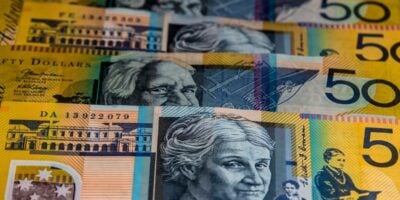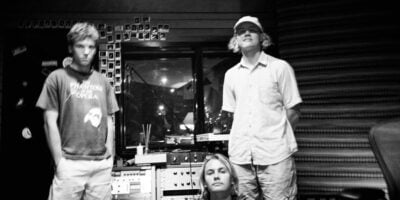Sometimes, it’s tricky being a creative person. You may have a brilliant idea – for a movie, a magazine, a business or any of a million other things – but no idea how to turn that idea into a reality. The Vivid Ideas festival, running in tandem with Vivid Live, is all about helping creative people achieve their goals. It’s about the work that goes into creativity, and about building a sustainable career.
That, however, is the tip of the iceberg. Vivid Ideas is also about celebrating the best creative minds of the current generation. It brings together an array of speakers from all around the globe to talk about their engagement with technology and culture, and to dazzle you with their tremendously cool ideas and innovations. Where do you even start with a festival like this? Director of Vivid’s Ideas program Jess Scully is here to help.
Who gets the most out of Vivid Ideas?
The festival is for people at all stages of their creative careers. “We’ve got a really strong weekend program for people who are emerging practitioners, or at the early stages of their careers,” Scully says. “People who want to find out about the opportunities available to them, and about creative education and getting the business skills they might need.”
During the week, the festival has an industry-focused program for people who are already working in the creative industries who want to dive deeper into their chosen field. That’s kind of our daytime program. Weeknights are a free-for-all, aimed at anyone who is curious about the future of creativity, and the cultural trends that will shape our lives in years to come.
What are the emerging creative trends of 2013?
Four main trends have emerged among this year’s Vivid Ideas participants. The first of these, Scully tells me, is a focus on healthcare and the body. “The body is a huge market in Australia, and our government spends the majority of its budget on health care,” Scully says. “We get a lot of data from this – the question is how creative people can take that and turn it into artworks, into apps and into business opportunities.”
Data itself is a massive trend. “We hear a lot of things about fridges having microchips and TVs being able to connect to the internet,” Scully says. “Your phone can trace and record every step you take when you walk through the city on your way to work. The question is, what are the creative and commercial opportunities that come from that data?”
The power of design thinking is a third one. “Designers no longer work from assumptions,” Scully explains. “They interrogate and redefine problems, and come up with new ways of designing solutions. The problem may be people getting drunk and fighting in Kings Cross, it may be a business being inefficient,” she continues. “With the rise of design thinking, there’s a huge opportunity for creative people to use that mindset.”
The rise of hacker culture is another strong trend. “A few years ago, it was really common for commercial information to be closed, to be locked in and encoded,” Scully says. “Now, it’s really common to have open APIs, to give the community the ability to modify software or data in order to make it useful for them. This came from hacker culture and open source culture online, but it has started to influence the business world.”
What should you see?
There are dozens of events at this year’s Vivid Ideas, so to make things easier, Jess Scully has picked her top four.
Prioritise Creativity, MCA, Monday June 3
“Here in Sydney, we have three cultural policies about to be implemented where we once had zero,” Scully says. “For the first time, we’ll have representatives from local, state and federal government together in a room, talking about how their policies work together, and answering questions about where people can turn for support if they need it.”
Make Data Beautiful, MCA, Tuesday June 4
“In this session, we’ll be talking about the emotional and creative storytelling possibilities that come from having so much data out there in the world,” Scully says. “We have artist Jonathan Harris, who takes all that data that we give away freely on social media, through status updates on Facebook and Twitter, and turns it into art.”
“We also have George Khut, who makes art from biofeedback. He’s currently working with Westmead Children’s Hospital to create an app that will help kids relax before traumatic procedures. There’s another speaker in that session who’s working with the Australian Bureau of Statistics. They’re working on a game called Run That Town, which is like SimCity, but using real-world census data.”
Embrace Mutations, MCA, Wednesday June 5
“This session is all about the influence of hacker culture, and where it’s going next,” Scully says. “Matthew Gardiner will be talking about how people are taking military technology and modifying it for everyday use. There’s another speaker, called Tricia Flanagan, who is going to be talking about the rise of wearable technology and where that’s going next. The keynote speaker is a woman named Anab Jain, a really interesting designer from India.”
Keep It Real, MCA, Friday June 7
“We always talk about technology as if it’s the driving force behind innovation,” Scully says, “but really, basic human desire drives innovation. This session features an anthropologist named Genevieve Bell. She works for Intel, and she travels the world trying to understand people’s interactions with technology – what they want and how technology helps them achieve that. It’s about looking to real people rather than gadgets.”
BY ALASDAIR DUNCAN
Vivid Ideas runs from May 24 – June 10. See vividsydney.com for the full program.
































